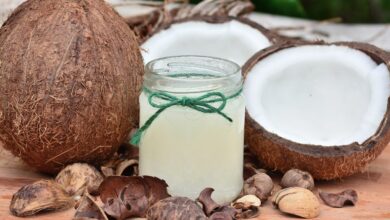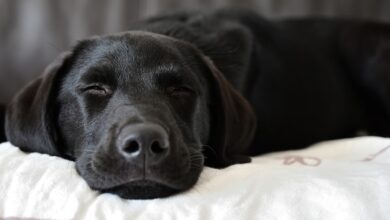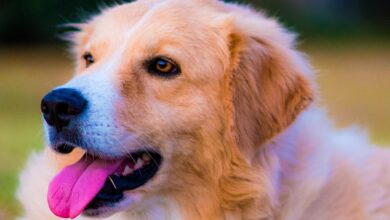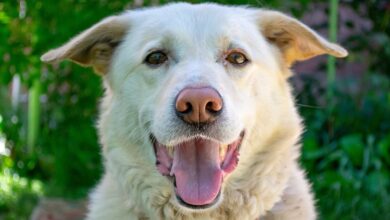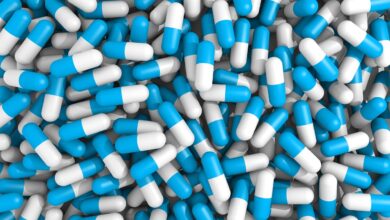
Labradors and Golden Retrievers are known for their friendly dispositions, intelligence, and striking coats. While their fur is part of what makes them so beloved, it also requires special care to keep them healthy, glossy, and manageable. Let’s dive into the details of their coats, shedding habits, potential skin problems, and tips to maintain their glossy fur.
Understanding Their Coats
Labradors and Retrievers both have double coats, which consist of:
An Outer Coat: Water-resistant and slightly coarse to protect against weather.
An Undercoat: Soft and dense, providing insulation in both cold and warm climates.
This dual-layer coat is part of what makes them excellent swimmers and resilient in outdoor environments.
Do They Shed?
Yes, Labradors and Retrievers shed a lot. Their shedding typically follows a seasonal pattern:
Moderate Shedding Year-Round: Daily shedding of hair to maintain coat health.
Heavy Shedding (Blowing Coat): This occurs during spring and fall when they shed their undercoat to adapt to changing temperatures.
Regular grooming, such as brushing 2–3 times per week with a slicker brush or undercoat rake, helps manage shedding. During heavy shedding seasons, daily brushing is recommended to reduce fur accumulation around the home.
Skin Problems in Labradors and Retrievers
These breeds are prone to certain skin conditions, including:
Allergies: Environmental or food allergies can cause itching, redness, and irritation.
Hot Spots: These are localized areas of inflamed skin, often caused by excessive licking or scratching.
Seborrhoea: A condition where the skin becomes excessively oily or dry, leading to dandruff.
Yeast Infections: Especially in warm, damp areas like ears and skin folds.
Owners should monitor their dog’s skin for signs of irritation, excessive scratching, or an unusual smell and consult a veterinarian if needed.
Holistic Lotions and Skin Care Tips
Holistic skin care products can help maintain skin health and soothe irritation. Look for products with natural ingredients like:
Coconut Oil: Acts as a natural moisturizer and antimicrobial agent.
Aloe Vera Gel: Soothes irritated skin and promotes healing.
Calendula Cream: Reduces inflammation and helps with minor wounds or dryness.
Chamomile Spray: Provides relief from itching and irritation.
Always test any product on a small patch of your dog’s skin before full application to ensure they don’t have an adverse reaction.
Tips for a Glossy Coat
A glossy coat is a sign of a healthy dog. Here are some tips to achieve it:
Balanced Diet: Ensure your dog eats high-quality food rich in omega-3 and omega-6 fatty acids. Fish oil or flaxseed oil supplements can help improve coat health.
Regular Grooming: Brushing stimulates natural oil production and removes dirt and loose fur.
Bathing Routine: Bathe your dog every 4–6 weeks using a gentle, hypoallergenic dog shampoo. Avoid over-bathing, as it can strip natural oils from their coat.
Hydration: Make sure your dog always has access to fresh water. Dehydration can lead to dry skin and a dull coat.
Exercise: Regular exercise improves circulation, which promotes skin and coat health.
Regular Vet Checkups: Skin or coat issues can sometimes be linked to underlying health problems like thyroid imbalances or allergies.


